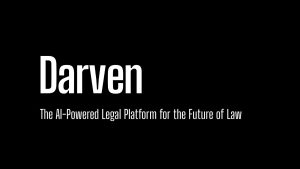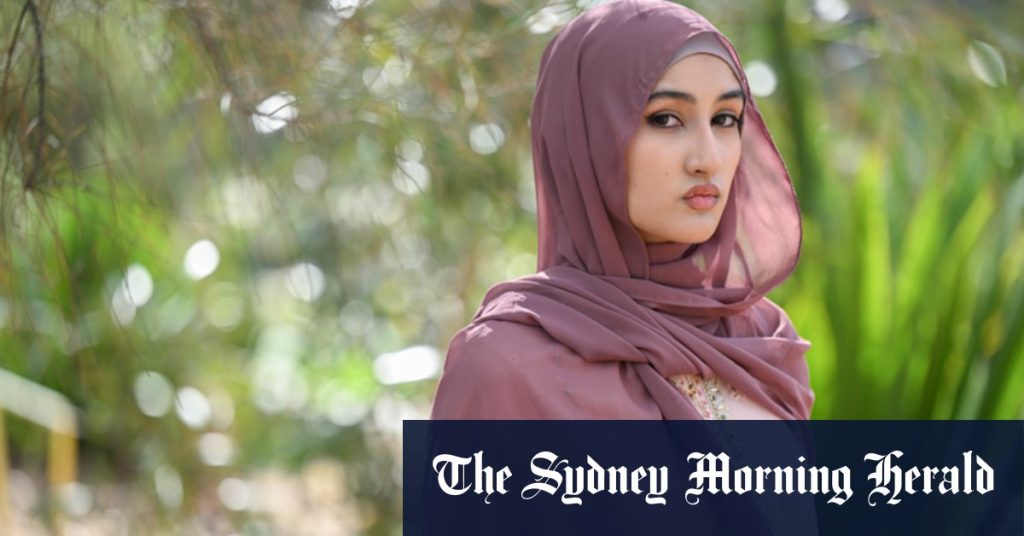Summarize this content to 2000 words in 6 paragraphs After her complaints fell on deaf ears, she stopped turning to teachers for support.“At year 4 and 5, [students] started to get more courage. It was primarily because there were no adults telling them this behaviour was not OK,” she said.Loading“I was excluded from class discussions. As I got older, I realised they didn’t see me as equal. I definitely did look a lot different from the rest of them.”But Rumaysa said her Muslim friends at government schools experienced even worse harassment and discrimination.“Racism was outright, people calling them terrorists, really hurtful things just because of the fact they wear a scarf. I think government schools have a much worse problem with racism than everyone thinks there is,” she said.She said there was a need for more intercultural dialogue and diversity in the curriculum, and for teachers to intervene after racist comments before the problem grew.“People don’t understand that just because [casual racism] is normalised doesn’t make it OK,” she said. Centre for Multicultural Youth education project officer Anna Louey, who delivers Schools Standing Up to Racism programs, said few students knew how to make an official report and most were unaware of broader schemes, especially for racist incidents from school staff.Between 2023 and 2024, Centre for Multicultural Youth received an increasing number of requests to address racism in schools. The centre has delivered workshops to almost 400 school staff across the state, and more than 4000 people have accessed the organisation’s online resources. “The slurs that I experienced myself in primary school, for instance, like being told to go back to where you came from, they’re very much still the lines that are used among students today,” Louey said.She said students experienced racism from teachers directly, which could include lower or higher expectations based on race, assigning lower reading levels or recommending vocational subjects instead of VCE for non-white students.For one student, who arrived in Australia as a Tamil Sri Lankan refugee at the age of two and who graduated from a government school last year, casual racism and microaggressions were rife.He asked not to be identified but said students regularly used racial slurs including “the N word” and ch— for Chinese students. Teachers would Westernise students’ names they couldn’t pronounce and on muck-up day, some students dressed as Arabs and shouted “Allahu Akbar”.“I think it’s important there’s education around how to report incidents, how to address them, especially on how to report anonymously to the school,” he said.LoadingAustralian Human Rights Commissioner Giridharan Sivaraman said discrimination in education was one of the most significant issues people raised in his consultations about the National Anti-Racism Framework. He said protections against racism were “pretty patchwork” and a “bit ad-hoc”, without a comprehensive approach across the country.Both Louey and Sivaraman said Victoria needed a system-wide approach to tackling racism in schools, more training for staff and students to combat it in the classroom and clear, culturally safe mechanisms for reporting, broader anti-racism components in pre-service teacher courses as well as funding for research gaps.A new anti-racism campaign developed by Victoria University, Bigger Than This, was trialled with 10 Victorian high schools in 2024 to address rising levels of racism. A teacher-focused pilot will run this year, with hopes it might be widely adopted.A Department of Education spokesperson said no form of racism or religious discrimination would not be tolerated, and strong action would be taken. He said parents should always report incidents.The department said it was developing a policy and additional resources for schools to address racism, as recommended by the Commission for Children and Young People’s Let Us Learn report, which will complement Courage to Care’s “upstander” programs and the Centre for Multicultural Youth programs.Independent Schools Victoria chief executive Rachel Holthouse said all schools had student codes of conduct, which were aligned with schools’ legal obligations and conditions set by the school regulator.Sivaraman said that if students were experiencing racism, society had an obligation to deal with it.















